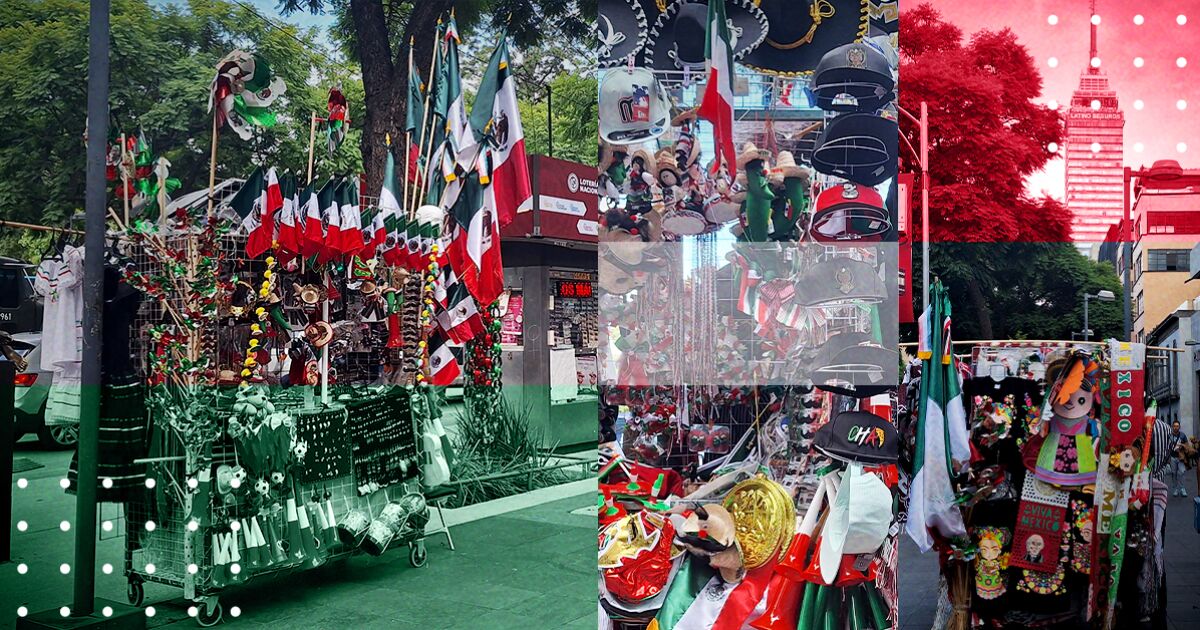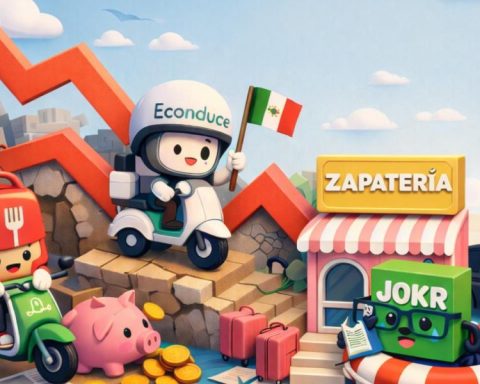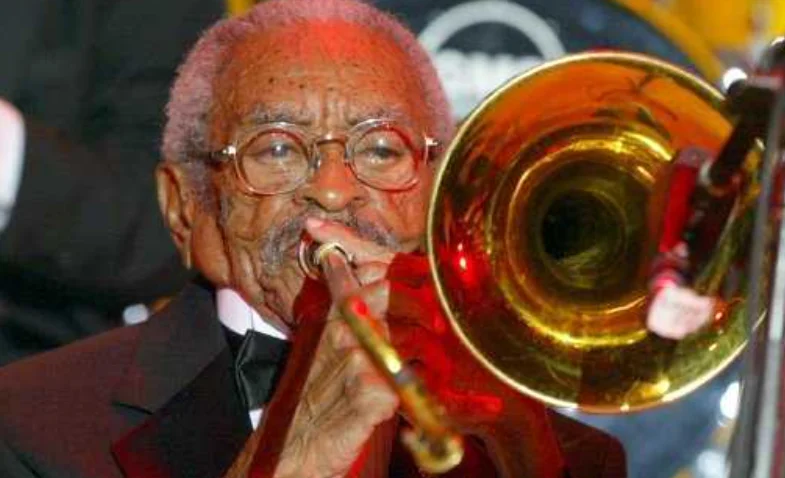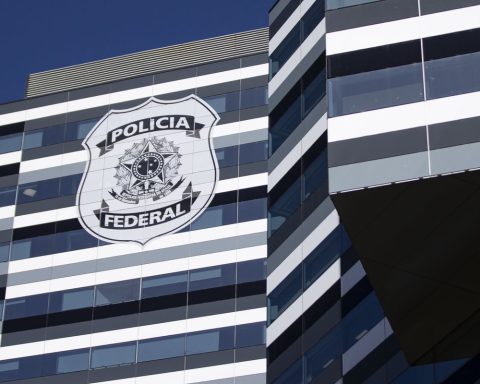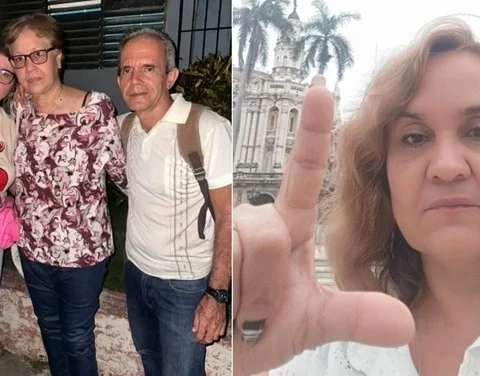Victoria learned to cut and sew fabric from her mother and father, who began taking her to the capital’s Zócalo—a trip of about 44 kilometers—from the age of 7 to help them sell.
At that time, Madero Street was still open to cars and the authorities allowed them to be installed on the plaza. Over time and with the passage of different governments, they were moved until now they are located on Avenida Juárez, near the Palacio de Bellas Artes and the Alameda Central.
Now Victoria is also facing Chinese merchandise that seeks to displace Mexican manufacturers, even during the celebration of Mexican Independence.
“What we Mexicans make here is much better, it lasts longer than a Chinese flag. The fabric is very thin and what we make here is much better, we have to consume what is from our country,” says Victoria.
(Photo: Cuartoscuro)
In addition to flags, the carts are filled with pinwheels, traditional dresses and hats, noisemakers, bows and hair ribbons, as well as garlands and shields that show the national symbol: an eagle devouring a snake on top of a cactus.
Cristina González has been a vendor for 10 years. She says she has small flags for 10 pesos to decorate a desk or car, and large flags for 300 pesos. With Chinese merchandise offered for a fraction of the price, the woman considers it a contradiction to celebrate with foreign-made items.
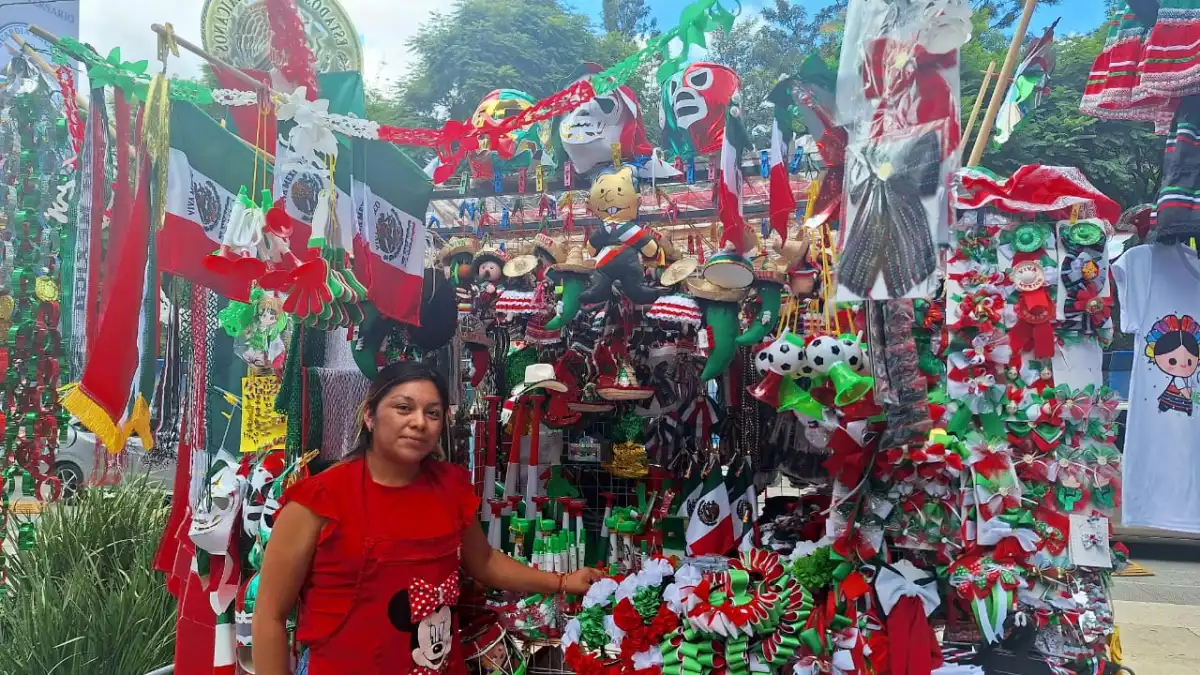
(Photo: Shelma Navarrete)
“The Chinese flag has already been introduced, but there is a big difference between Chinese merchandise and flags made by Mexican hands.
“To celebrate with a Chinese flag, what are we celebrating? Right now the economy may not be in the best position, but we have smaller and more affordable flags, so that people can carry a national flag made by us,” he shares.
